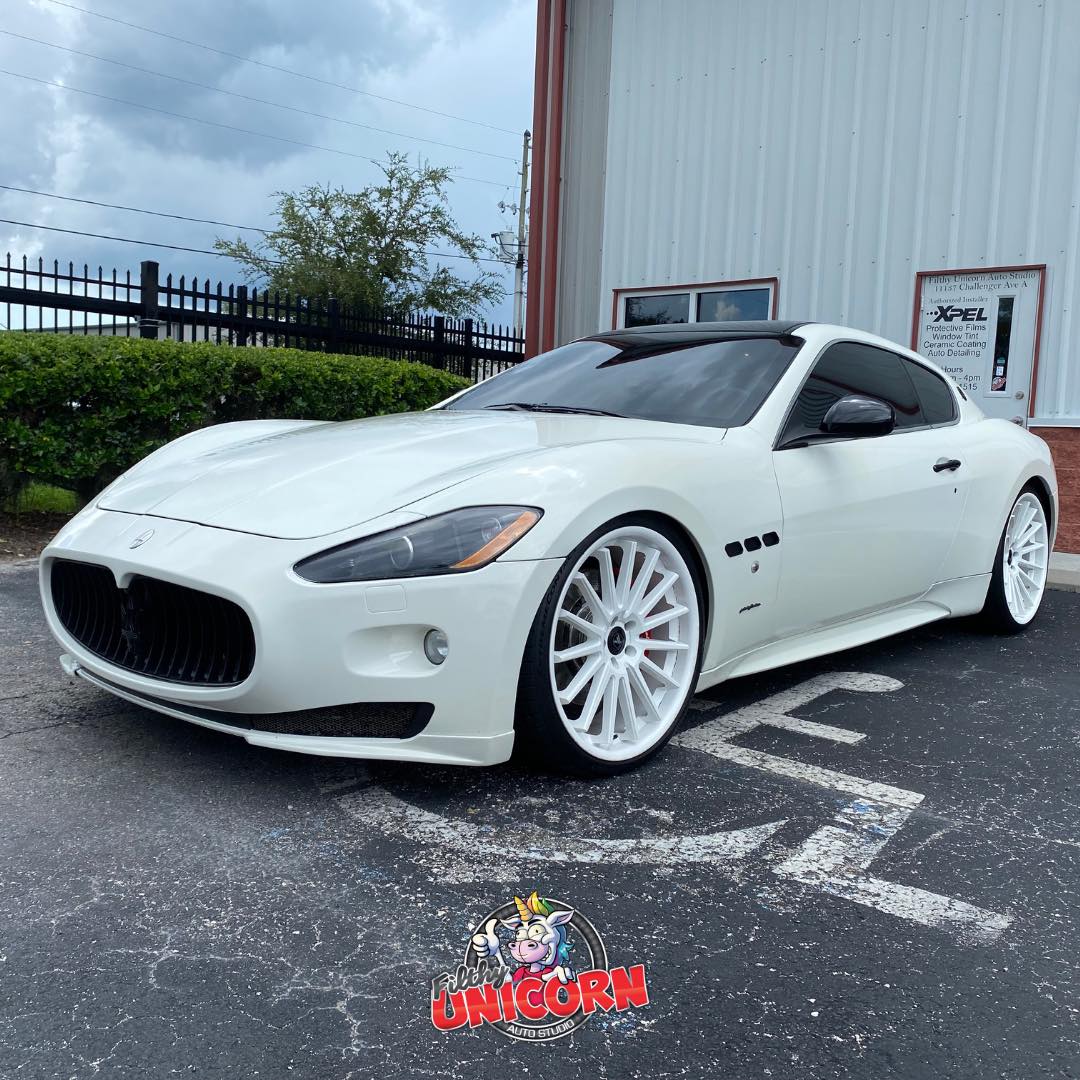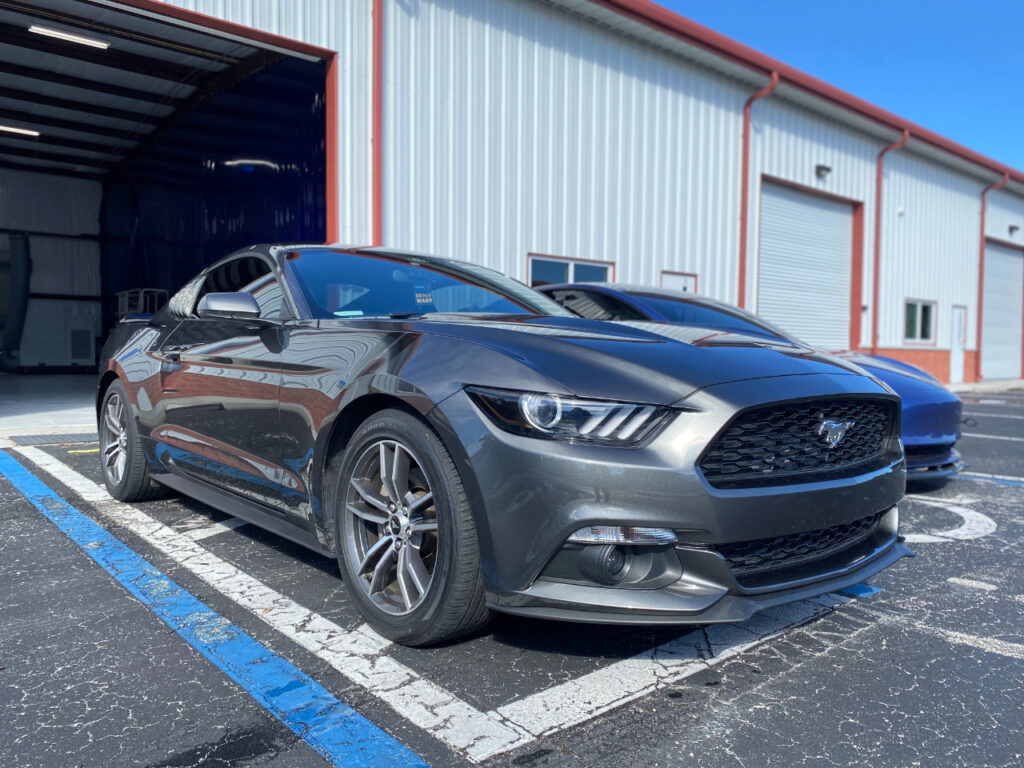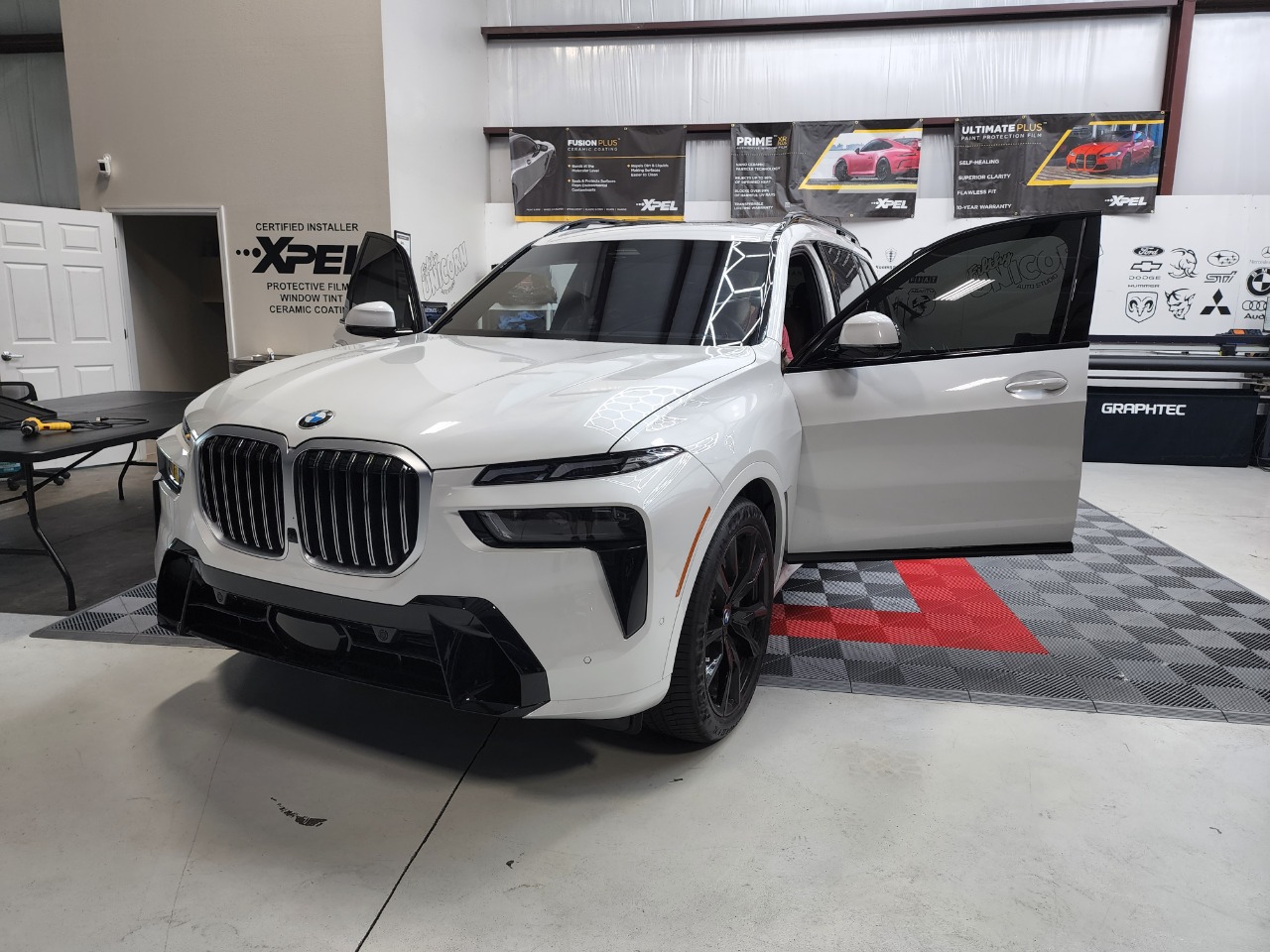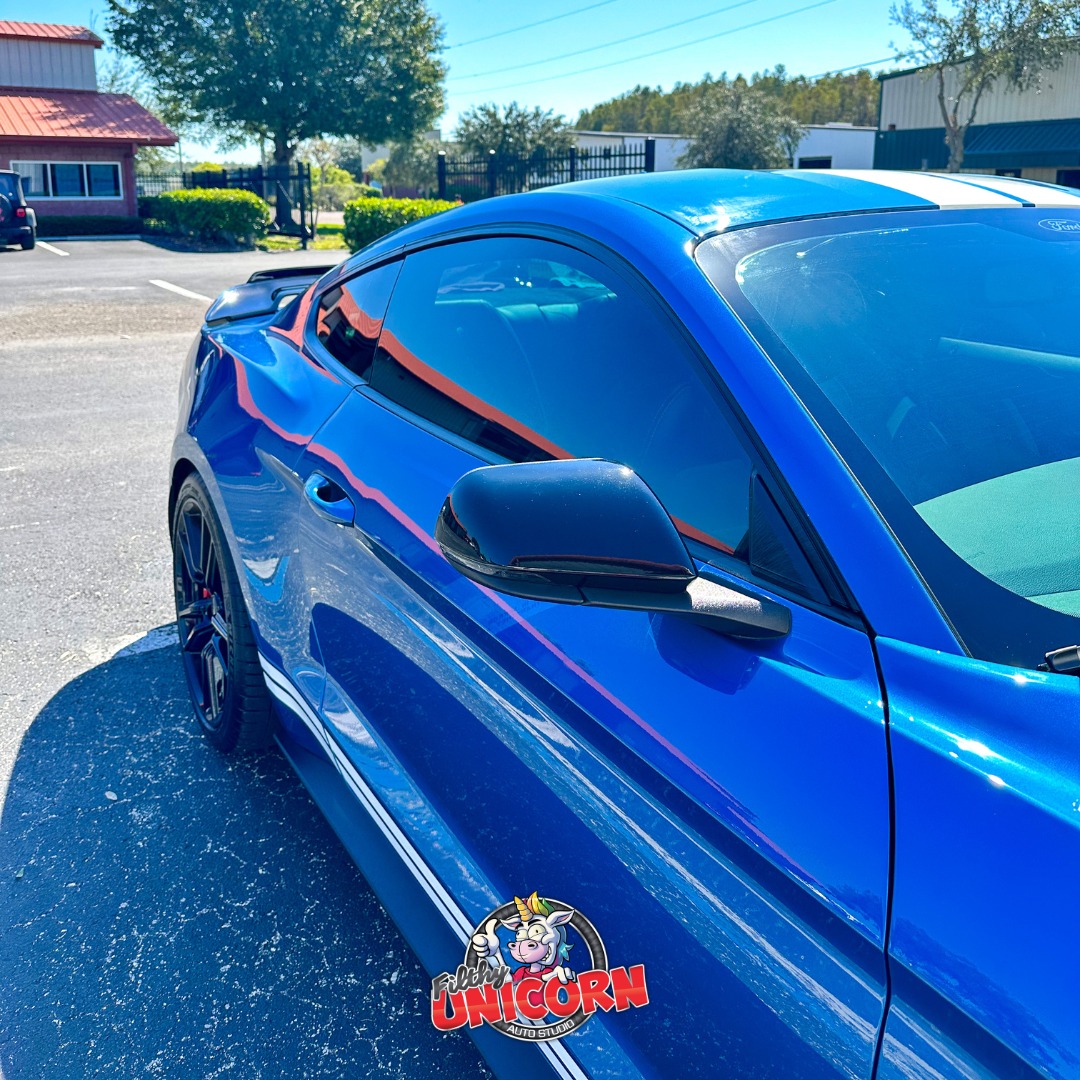As a car owner, you want to keep your car looking new for as long as possible. Your car is constantly exposed to environmental factors such as gravel, rocks, insects, and weather that can damage the paint and reduce the resale value of your vehicle. There is a solution to this problem: a car paint protection film (PPF). We will discuss how PPF protects your car from environmental damage and why it is a worthwhile investment for car owners.
What is paint protection film?
PPF is a translucent polyurethane film that is applied to the surface of automobiles to protect them from dents, chipping, and other environmental elements that could affect the paint. It is also known as a clear bra or invisible shield. PPF is a durable, lightweight material that is designed to spread the force from impacts evenly across the surface, shielding the paint from damage.
How does PPF work?
Paint protection films work by creating a protective barrier between the painted surface of the car and the environment. When an object strikes the surface, the PPF absorbs the impact and distributes the force across the surface, reducing the risk of damage to the paint. Car paint protection film is also resistant to UV rays, which can cause the paint to fade and degrade over time.
Benefits of PPF
Protection Against Scratches and Chips: One of the main benefits of the paint protection film is its ability to protect the paint from surface scratches, rocker panels, and chips caused by gravel, rocks, and other debris on the road. PPF is designed to absorb impacts and prevent the paint from being scratched or chipped.
Protection Against UV Rays and Weather: PPF is also resistant to UV rays and weather, which can cause the paint to fade and deteriorate over time. PPF protects the paint from the damaging effects of the sun, rain, and other environmental factors.
Easy Maintenance and Cleaning: PPF is easy to maintain and clean. It can be washed and waxed just like the rest of the car, and it does not require any special treatment or maintenance.
Protection Against Insects and Bird Droppings: Insects and bird droppings are common hazards on the road that can damage the paint of your car. If left untreated, they can cause etching and discoloration of the paint. Paint protection film Odessa FL has stain resistance abilities, so it can protect your car from insects and bird droppings by creating a barrier that prevents them from making contact with the vehicle’s paint.
Protection Against Chemicals and Stains
Chemicals and stains, such as acid rain and road salt, can also damage the paint of your car. Protective films can protect your car from these environmental factors by providing a barrier that is resistant to these chemicals and stains. This not only protects the paint but also makes it easier to clean and maintain the appearance of your car.
 PPF vs. Ceramic Coating
PPF vs. Ceramic Coating
Paint protection and ceramic coating are two popular options for protecting a car’s paint. While both products protect against environmental factors, there are some key differences between them. PPF provides a physical barrier between the paint and the environment, while ceramic coatings provide a chemical barrier. Installing PPF is more effective at protecting against scratches and chips, while the ceramic coating is more effective at protecting against UV rays and weather. PPF is also more expensive than ceramic coating and requires professional installation.
How to Install PPF
PPF installation requires a clean and dust-free environment to ensure a smooth and even application. The process involves cleaning the painted surfaces of the car, measuring and cutting the PPF to fit the specific areas, and then carefully applying it to the surface using a squeegee and heat gun to remove any air bubbles or wrinkles. It is a delicate and time-consuming process that should only be performed by a trained PPF installer.
Types of PPF
There are different types of PPF Odessa FL available on the market, each with its own unique features and protective benefits.
Self-Healing PPF: Self-healing PPF is a type of PPF that can repair itself from minor scratches and swirl marks. The material contains elastomers that can fill in and smooth out the surface, making the scratches virtually invisible.
Matte PPF: Matte PPF is a type of PPF that has a non-glossy finish, giving the car a more understated and subtle look. Matte PPF is ideal for car owners who prefer a more discreet appearance.
Colored PPF: Colored PPF is a type of PPF that can be customized to match the color of the car or to create a unique look. Colored PPF is a popular option for car enthusiasts who want to personalize their vehicles.

How much does PPF cost? The cost of PPF installations varies depending on the type of PPF, the size of the car, and the complexity of the installation. On average, PPF can cost between $500 and $5,000 or more for a full car installation. While PPF is more expensive than other forms of paint protection, it is a worthwhile investment for car owners who want to protect their vehicles and maintain their resale value.
Is PPF worth the investment? Yes, PPF is worth the investment for car owners who want to protect their vehicles from environmental damage and maintain their resale value. PPF provides an extra layer of protection against scratches, chips, and weather that can damage the paint and reduce the value of the car. While PPF may be more expensive than other forms of paint protection, it is a cost-effective solution in the long run.
The paint protection film is a valuable investment for car owners who want to protect their vehicles from environmental damage and maintain their resale value. PPF provides an extra layer of protection against scratches, chips, and weather that can damage the paint and reduce the value of the car. While PPF may be more expensive than other forms of car care, it is a cost-effective solution in the long run. With proper care and maintenance, PPF can last between 5 and 10 years and keep your car looking new for longer.
Frequently Asked Questions
What is the difference between PPF and vinyl wrap?
PPF is a clear film that is applied to the painted surfaces of the car, while the vinyl wrap is a colored or printed film that is applied to the entire car. PPF is designed to protect the paint from scratches and chips, while the vinyl wrap is used to change the color or appearance of the car.
Can PPF be removed without damaging the paint?
PPF may be removed without harming the paint. To prevent harm to the paint, the removal procedure should be carried out by a qualified expert.
Does PPF affect the car’s appearance?
No, PPF is transparent and does not affect the car’s appearance. In fact, PPF can enhance the appearance of the car by maintaining the paint’s glossy finish and protecting it from environmental factors.
Can PPF be applied to the entire car?
Yes, PPF can be applied to the entire car. However, a full car installation can be expensive and time-consuming.
Can PPF be applied to a used car?
Yes, PPF can be applied to a used car. In fact, PPF is a popular option for used car owners who want to protect their vehicles and maintain their resale value.



 PPF vs. Ceramic Coating
PPF vs. Ceramic Coating

